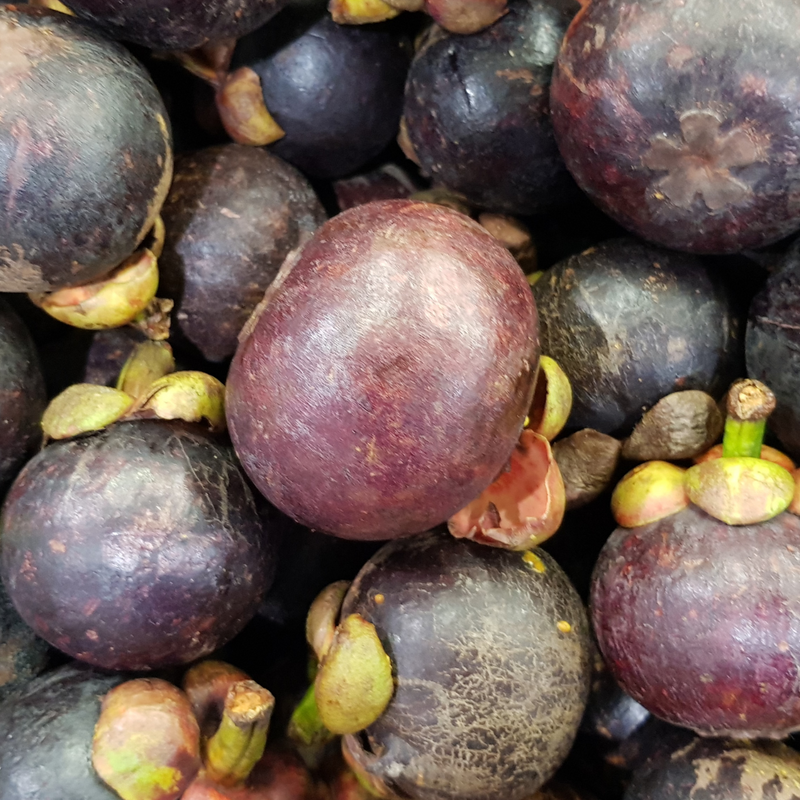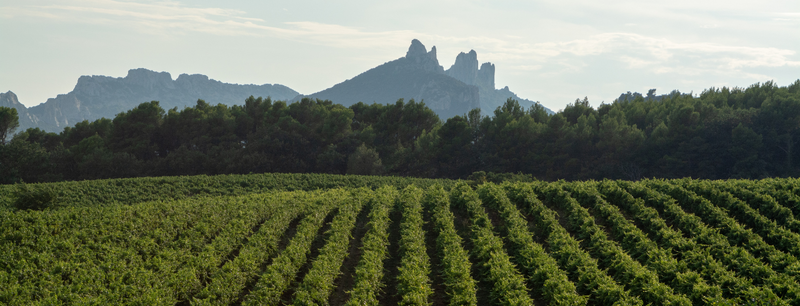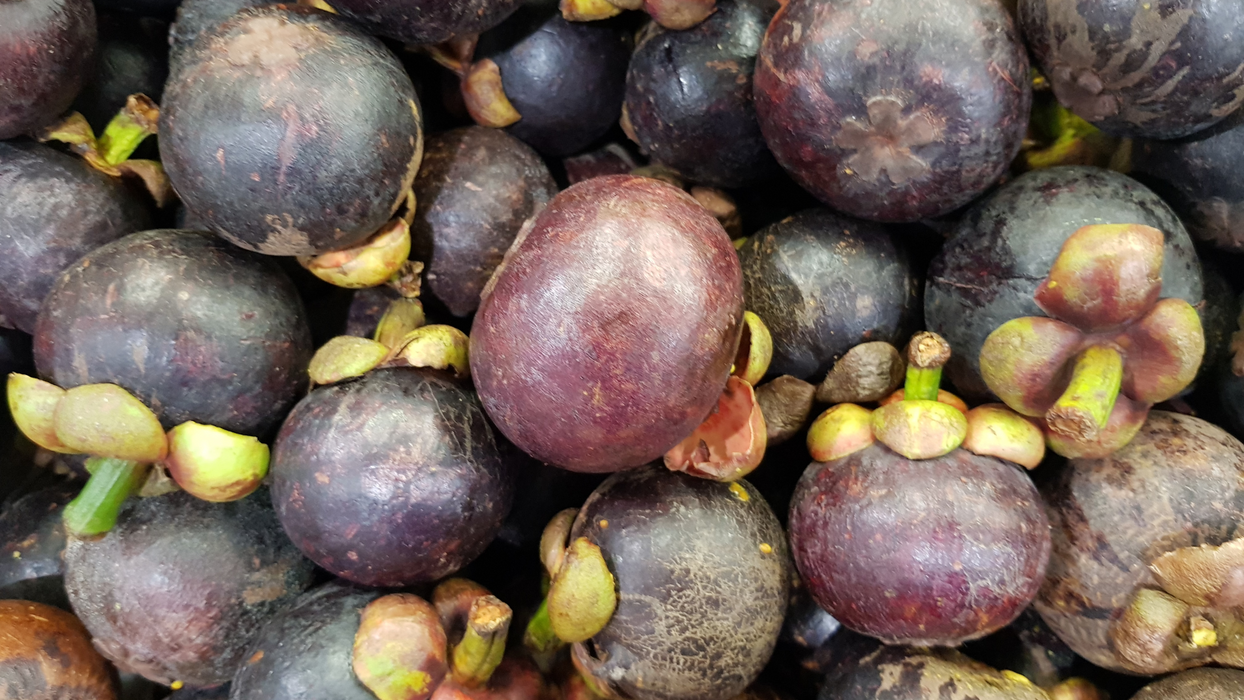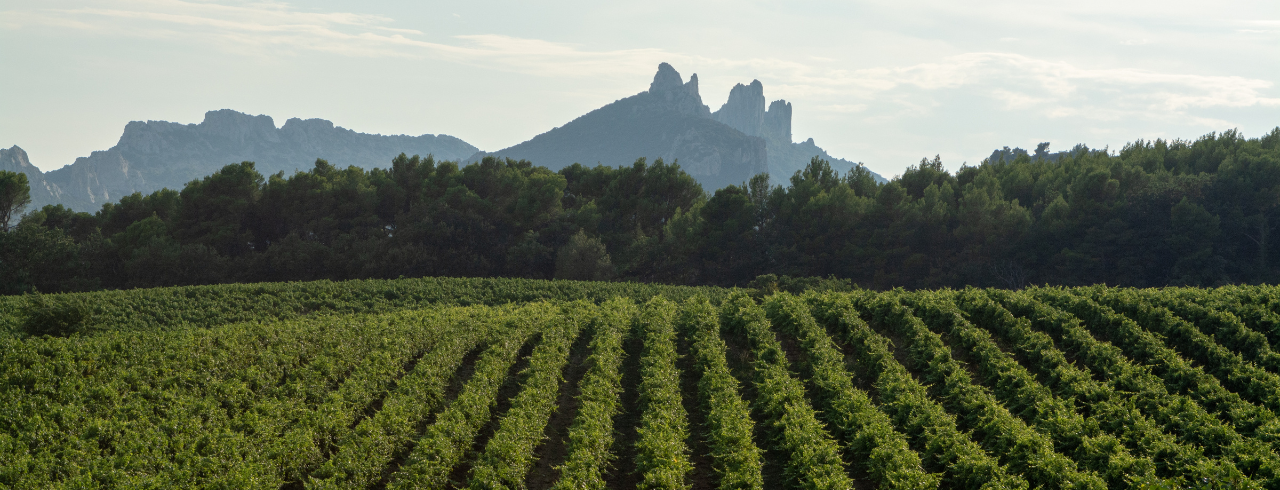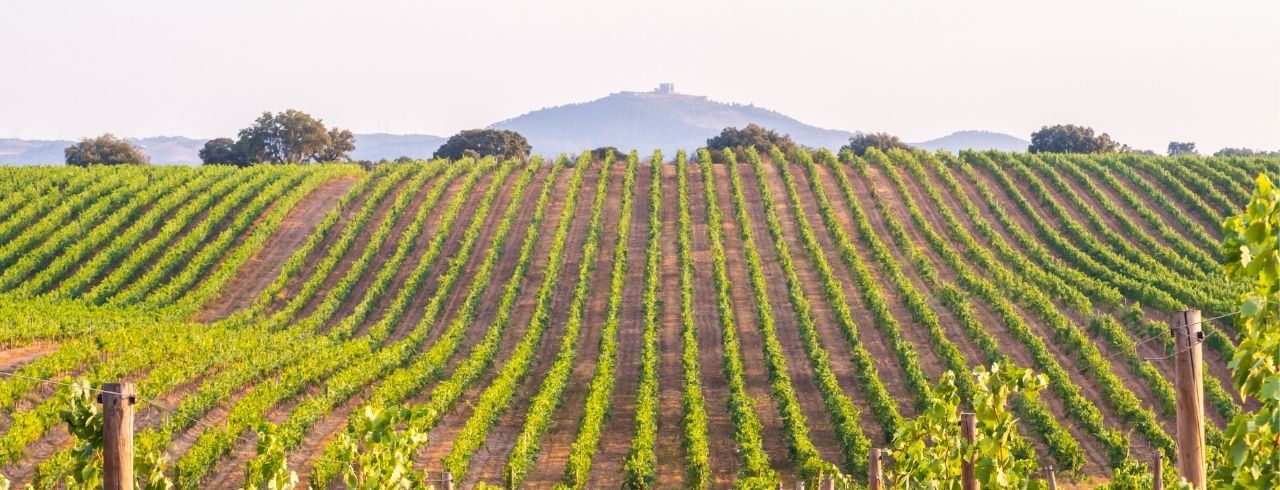
Why Some Countries Are Protective Of Their Wine Varietals
When looking at wines produced in specific regions, you may notice the high level of importance people place on the beverage.
From green and dry to sweet and floral, wine varietals have a deep connection to the country they originated from. As a result, the country’s people develop a strong pride in their product. We rounded up some popular wine regions that are protective of their precious wines!
What Is A Wine Varietal?
Before moving on to these countries and their wines, we should address the meaning behind “wine varietal.” A wine varietal is a wine that is primarily made from one grape variety.
Let’s look at Pinot Noir, Pinot Grigio, and Pinot Gris. While these wines all originated from the same grape, they are different is due to mutations in the Pinot grape.
A wine varietal differs from wine blends, which combine multiple types of wine grapes into one drink. This includes Cabernet Sauvignon (a combination of Sauvignon Blanc and Cabernet Franc) and Red Bordeaux (combines two or more of these wines: Cabernet Sauvignon, Merlot, Cabernet Franc, Malbec, and Petite Verdot).
Wine varietals offer a controlled experience to the drinker. In other words, unlike blends––which provide multiple aromas and flavors ––varietals let the drinker understand the main characteristics.
Pride Surrounding Wine
Countries all over the globe have distinct and exceptional wines, but it would be impossible to cover them all. Instead, here is a more easily consumable list:
France
If someone makes a list of wine countries, it would be a cardinal sin to leave France out. French wines are some of the most famous alcoholic drinks around the world. Even their vineyards have become a part of French culture.
One unique aspect of French wine regions is their diversity. From Bordeaux to Champagne, each area differs in its climate, soil, and traditions.
Not only have these areas allowed grapes to thrive, but many iconic wines originated from French wine regions. For example, the vineyards of Champagne created their signature brand of sparkling wine––named after the area.
Due to the high productivity in various areas and their diverse catalog of drinks, France has become one of the world’s leading producers of wine. Despite facing much competition nowadays, the country produces delectable wine tastes and aromas.
Italy
Similar to France, Italy has played a prominent role in the history of wine. The vast amount of varietals makes the country a solid rival for France when it comes to wine productivity. Italian winemakers take their craft seriously, which is reflected in every glass.
For instance, Italian wine labels often have an appellation system to indicate their condition and number of quality checks. These quality checks are labeled as:
- VDT (Vino Da Tavola): VDT is a basic wine label. Wines that are relegated to this level are mostly table wines.
- IGT (Indicazione Geografica Tipica): This classification applies to wines that are produced in specific geographical areas. They are subjected to certain quality and origin requirements. Many red, white, and rosé wines can be labeled as IGTs.
- DOC (Denominazione di Origine Controllata): Wines, which are created in a controlled environment in their area of origin, are labeled as DOC. Oftentimes, the winemaker must follow trellising, irrigation, and vinification requirements when creating DOC wines.
- DOCG (Denominazione di Origine Controllata e Garantita): A bottle with a DOCG label contains one of the highest quality wines that you can find in Italy. Similar to DOCs, DOCG wines are created with controlled methods in their area of origin. Unlike DOC wines (which go through a single analytical test), DOCG wines go through several stringent tests.
Italian wine regions have produced the most exemplary arrays of wines, especially their complex white and red grape varietals. Some widely revered areas––whose craft has captured the hearts of many––are Piedmont, Tuscany, Veneto, Lombardy, and Sicily.
One wine we adore is Sicily’s premier red wine: Nero d’Avola. With its beautiful, bluish-purple grape skin and full-body, Nero d’Avola grapes see wide growth across Sicilian vineyards.
Spain
Spain has grown to become a powerful force in the wine industry. A likely reason for this is due to the divergent climates between northern and southern Spain.
The Northern part of the country tends to have cooler temperatures––which is the ideal condition for creating wines with lower natural sugars and higher acidity. On the opposite side of the spectrum, red wines can be optimally fermented in the warm sections of southern Spain. During the fermentation process, certain types of grapes ripen faster and have higher residual sugars.
Thanks to the differences in climate, Spain is home to several wine regions. This includes Catalonia, Rioja, Galicia, Aragon, and Castilla la Nueva. Their red and white varietals can give any wine lover’s palate a powerful and unique experience.
One stand-out wine is Priorat. This Catalonian red wine brings licorice, tar, and brandied cherry aromas to the drinker’s nostrils. In addition, Priorat’s high alcohol content, tannic nature, and thick texture make it the quintessential dry beverage for you.
Wine Regions And Their Precious Varietals
There is a strong correlation between a country and its wines. A winemaker can create a varietal that remains distinct from any other wine in the world. The area can affect how the varietal turns out by enhancing or diminishing certain aspects of the grape.
If any of the wines mentioned here seem appealing to you, then it’s time to give them a try! Our website contains an extensive catalog of French, Italian, and Spanish wines. If those were not appealing to you, we have plenty of other varietals from various wine regions.
